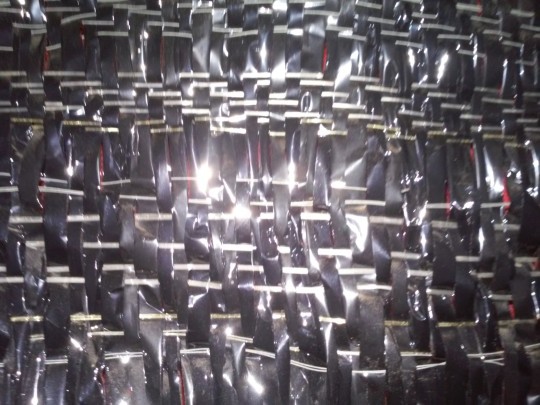#audio tape
Text


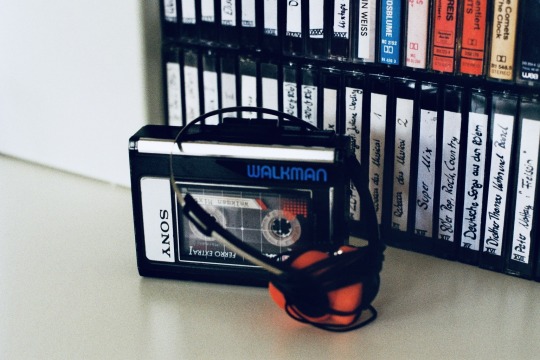
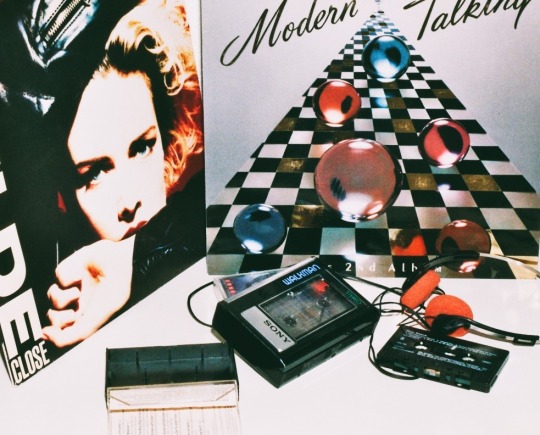
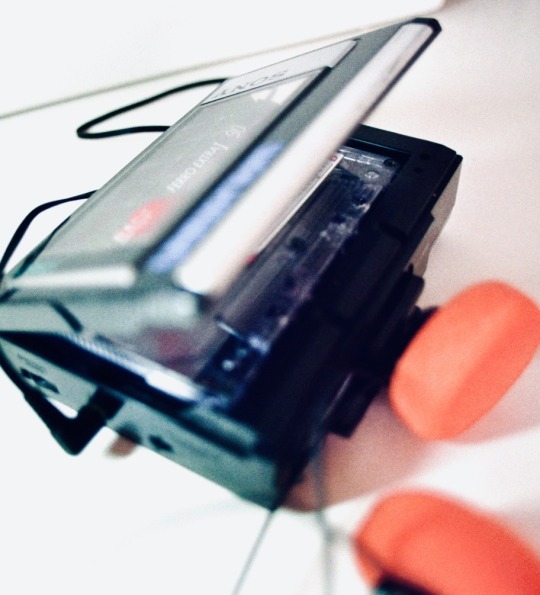
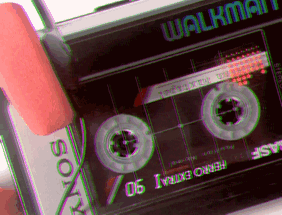
This is my (kinda new 😂) Walkman… And yes: this time I can really call it Walkman, cause this one actually is a Sony!
It‘s a WM 32 from somewhen 1986 and 89, so it‘s the most basic model by Sony, like no Radio, no Auto-Reverse or any other funny extras. But — that‘s still great: cause everything it doesn’t have…. can‘t break, and come on — it just looks great.
It also came with a belt-clip so I can actually wear it as part of my outfit, I’m literally so excited 🤣😁😁
#retro aesthetic#retrowave#retro style#80s#vintage aesthetic#retro tech#film photography#retro#vintage asthetic#60s#sony wm 32#sony#sony music#sony pictures#retro japan#retro music#retro futurism#retrofuture#vintage design#vintage electronics#vintage radio#vintage photography#vintage#walkman#sony walkman#audio tape#tape recorder#cassette player#trending#cool shit
94 notes
·
View notes
Text


Cassettes Wall in Phoenix
227 notes
·
View notes
Text

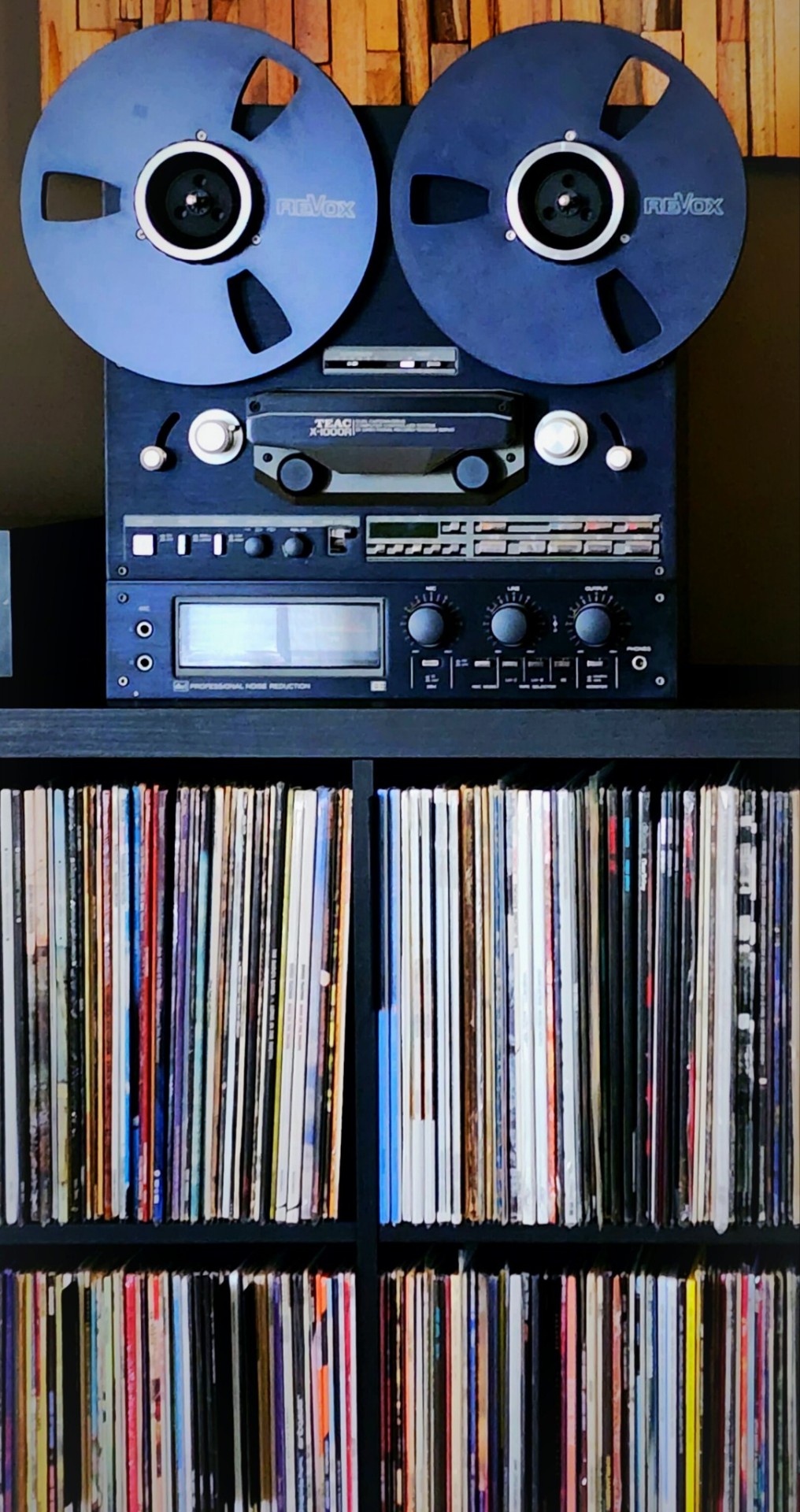





TEAC X-1000 R (1982)
#teac#reel to reel#audio tape#tape player#phone wallpaper#9x16#1980s#vintage electronics#vintage audio#analog audio#retrostyle#retro aesthetic#spacelifter87#Revox#ampex#aestethic#80s style#80s aesthetic
309 notes
·
View notes
Text

I can't believe this leaked!!! Good Morning!!!
#good#morning#good morning#good morning message#good morning image#good morning images#good morning man#the good morning man#the entire morning#gif#recording#audio#audio tape#reel to reel#off the record
35 notes
·
View notes
Photo

The tape that launched a thousand hits.
#vintage advertising#ampex#ampex tapes#cassette tapes#classic rock#rock#blondie#debbie harry#the bee gees#music industry#music#pop music#tape recording#audio tape#stereo recording
25 notes
·
View notes
Text
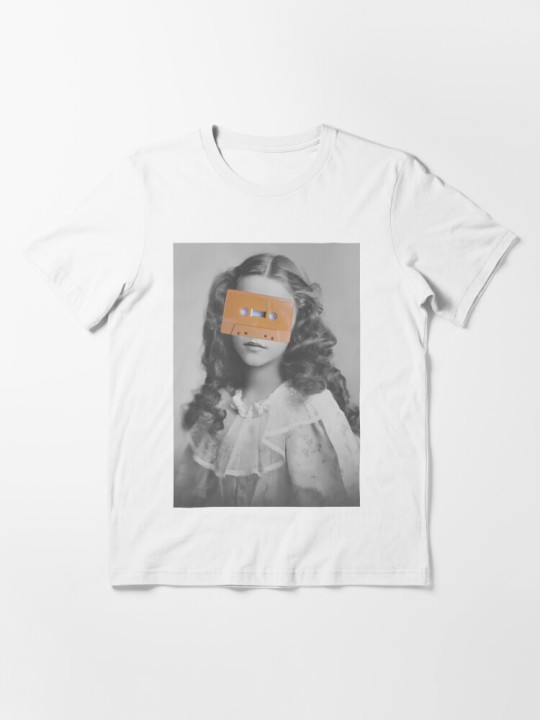
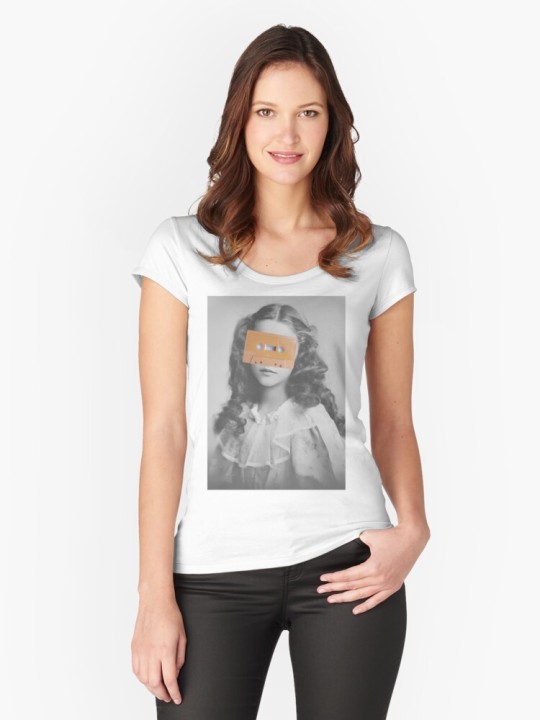

We all remember the heartbreaking story of the Little Audio Cassette Girl, who froze to death while selling her tapes in the freezing Victorian cold. At the end of the story - spoilers - they found her huddled around some melted cassette shells, which she'd been burning to keep warm. To be honest, she might have expired from the plastic fumes rather than the cold, but that's by the by. Anyway, why not celebrate the memory of a tragic and entirely fictional life with a T-shirt of this inexplicable image? A cassette tape over a Victorian girl's face. It makes no sense at all, and yet - and yet! - it looks really cool. Note how your brain automatically turns the spindles into eyes! Buy a shirt or something with this on today!
New merch I designed. Combines cassette culture and... photographs of the long since dead? Well, the Victorians were pretty morbid themselves.
8 notes
·
View notes
Photo
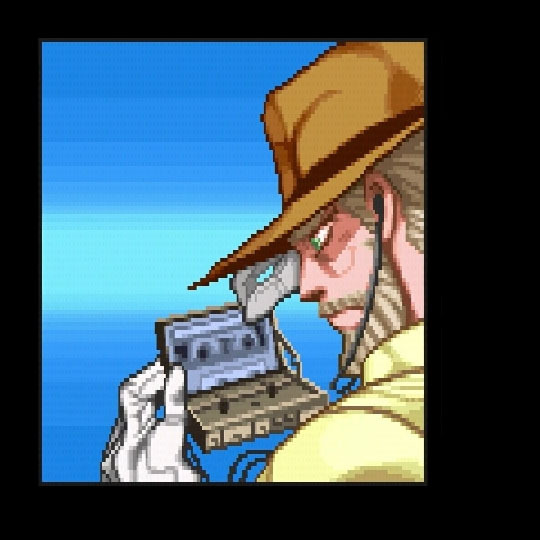
Joseph Joestar puts a cassette tape in his Walkman during his Story mode in Jojo’s Bizarre Adventure: Heritage for the Future on Dreamcast.
Game play session: https://youtu.be/vRwc_jwl2mY
#joseph joestar#cassette#audio tape#walkman#earbuds#jojo#jojo's#jjba#hftf#jojo's bizarre adventure#heritage for the future#dreamcast#video game#video games#fighting game#fighting games#fgc
43 notes
·
View notes
Text
Is Peridot an unintentional archivist, records manager, or something else entirely? [Part 1]

Peridot, shown in her debut episode "Warp Tour," making a log of her trip to Earth and what she saw while she was there.
So, I recently began rewatching Steven Universe, starting at season 1, and I realized even more archival themes than what I had previously concluded, beginning with one of the characters, Peridot. Some readers may remember I wrote about Steven Universe before, at the beginning of this year, noting the presence of VCRs, their preservation, other records within the series, the special library of Buddy Buddwick, and archival records used in defense of Steven at his trial, to name a few aspects.
Reprinted from my Wading Through the Cultural Stacks WordPress blog. Originally published on Dec. 2, 2021.
However, I was mainly relying on memory in writing that post, and its different once you begin watching a series again. As such, this post will be focused on one specific character, Peridot, and whether she is an unintentional archivist, records manager, or something else entirely in the series as a whole. Warning here that this post will give spoilers for part of the show.
In episodes within seasons 1 and 2 of Steven Universe, Peridot often records her progress with Gem experimentation and the cluster on her "finger screens." She is first shown making logs in her debut episode [Warp Tour] and makes another log in the episode "Keeping it Together," before Steven, and his friends, the Crystal Gems, chase her across the Prime Kindergarten. [1] Unfortunately, her screens and limb enhancements are thrown into the water in the episode "Catch and Release" by Amethyst. In the following episode, "When it Rains," she tells Steven she doesn't know anything without her screen and tells him that all her logs up to a certain date are backed up in the Prime Kindergarten. She also tells Steven she read over a few hundred years of reports and displays her records which show many attempts at artificial fusion, prototypes for an artificial fusion that would have destroyed the Earth, the Cluster.
Following this, she gets an audio tape recorder, making logs for her life on Earth, her experiences, her attempts to get along with the Crystal Gems (Amethyst, Garnet, and Pearl), and more. [2] This until the episode "Barn Mates" when Lapis destroys it after Peridot gifts it to her in hopes of becoming friends with her. The audio tape recorder becomes an important part of her character development as she adapts to living on Earth rather than living on Homeworld. In the process, you could say that the recordings that Peridot does are archival records.
As I noted in my previous post about Steven Universe on this blog, Peridot notes that she had backed up her logs before, finding information on Gem fragments from reports. In the episode "It Could've Been Great" she goes through an old Gem computer system to find information about the cluster, Gem locations, and the planned Earth colony. The question remains, is Peridot an archivist, albeit unintentionally? That is what I want to answer in the rest of this post, divided into two parts. The second part will be published tomorrow.
© 2022 Burkely Hermann. All rights reserved.
Notes
[1] Peri is using communication devices in "Friend Ship" as well.
[2] This shown in the episodes "Log Date 7 5 12" and "Barn Mates" for instance.
#peridot#steven universe#archivists#records managers#records management#archival science#archival studies#archival#archives#recordkeeping#recordkeepers#audio tapes#audio tape#pop culture#reviews
24 notes
·
View notes
Text

tape degradation
#vaporwave#aesthetic#vaporwave aesthetic#glitch#glitch art#80s#80's#interior#audio tape#birds of paradise
28 notes
·
View notes
Text
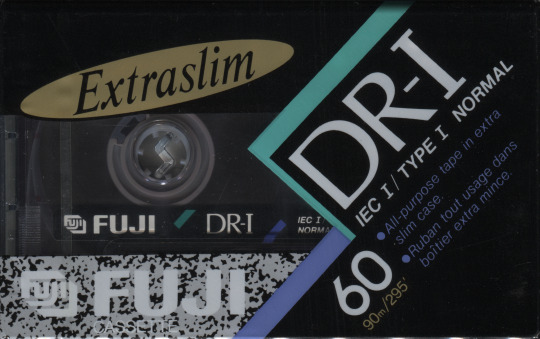
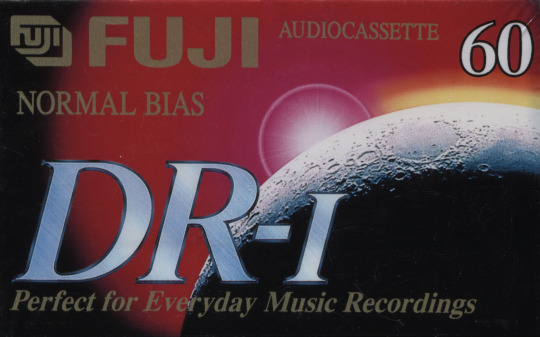
Fuji DR-I Extraslim
#cassette#vintage hifi#fujifilm#scans by me#audio tape#walkman#cassette tape#cassette culture#cassette futurism
7 notes
·
View notes
Text



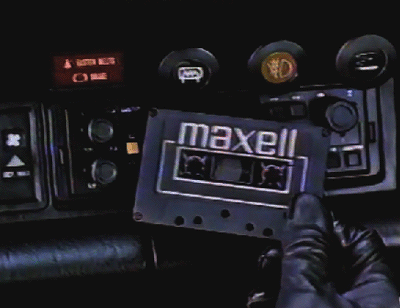
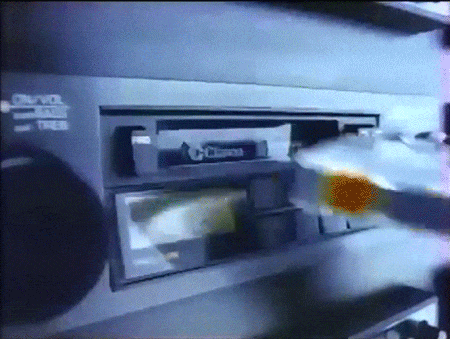



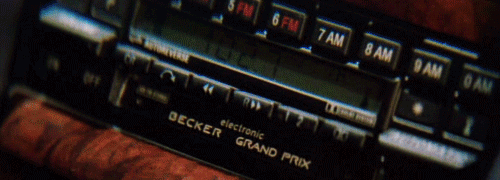
Insert [Here] part 2
#cassette#car radio#80s#1980s#audio tape#80's#auto radio#vintage tech#audio stereo#80's tech#80s tech#road house#alpine#maxell#blaupunkt#70s#1980s nostalgia#insert#ero tech
2K notes
·
View notes
Photo

Women on the Verge of a Nervous Breakdown (1988): Audio cassette playback
#aldomovar#1988#women on the verge of a nervous breakdown#audiocassette#audio tape#audio recording#analog video#answering machine
16 notes
·
View notes
Text
youtube
14 notes
·
View notes
Photo

You can’t spell recital without rectal.
Sunset Magazine December 1964
#vintage ad#vintage ads#advertising#advertisment#1964#home electronics#tape recorder#audio tape#1960's#1960s#1960's ad#1960s ad#funny#humor#humour
7 notes
·
View notes
Text
The history of analog sound recording and reproduction technology
Phonograph was the first device for recording and reproducing sound. It was invented by Edison in 1877 and were sold until the 1920s. Phonographs could record sound for about three to four minutes at a time, which by the way might explain the length of the songs. The device used wax cylinders on which speech or music could be recorded and played back.
The operating principle of phonograph is that the sound to be recorded causes the needle of the device to vibrate, and as the cylinder rotates, the needle draws a sound pattern on its surface. The recording is played back by pulling the playback needle along the grooves of the cylinder, which creates the same vibrations as during the recording phase. By amplifying the sound, it becomes clearly audible. Before the 20th century, a cylinder could not be duplicated, so the performance had to be repeated as many times as the number of cylinders wanted was.
A gramophone resembles a phonograph. It was invented by Emil Berliner in 1887. Gramophones work pretty much in the same way as phonographs, except they use discs instead of cylinders. Because discs are flat, they can be duplicated more easily. To make copies one just needs to create a matrix from the original recording, which is then used to duplicate the original recording. Until the 1960s, shellac discs were used in gramophones, but later they were replaced by vinyl discs made of PVC plastic because they were more durable and had a larger storage capacity.
Tape recorder was invented in the 1930s in Germany. It uses a magnetic tape on which sound is recorded and played back. At first, magnetic tapes were open reels, but in 1958 someone got and idea to put it in a case. The C-cassette was invented a few years later, in 1963 and has two reels, while the earliest tapes (reel-to-reel tapes) were on one reel. Tape recorders become popular as music playback devices in the late 1970s and stayed mainstream until the 1990s after which they were replaced by digital recording devices.
When recording, sound waves are converted into an electrical signal inside the tape recorder. This signal goes into the head, where it changes the polarity of small magnets. Tape moves past the head at a constant speed, and its magnetic particles are rearranged by these magnets to a pattern that represents the sound wave. When a tape is played back, it runs past a playback head which reads the magnetic patterns of the tape and converts them back into an electrical signal. The electrical signal can then be converted into sound waves.
#phonograph#gramophone#vinyl disc#tape recorder#audio tape#voice recording#technology#music#history#recent history#19th century#20th century#1870s#1880s#1920s#1930s#1950s#1960s#1970s#1990s
4 notes
·
View notes


